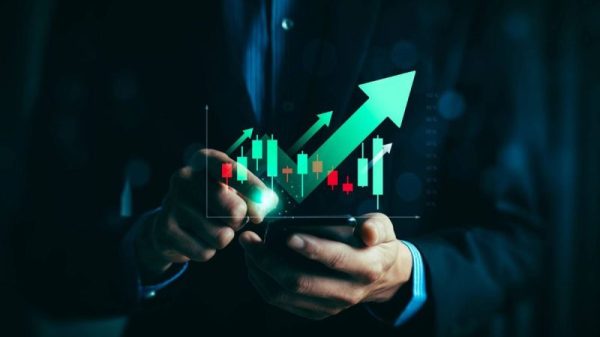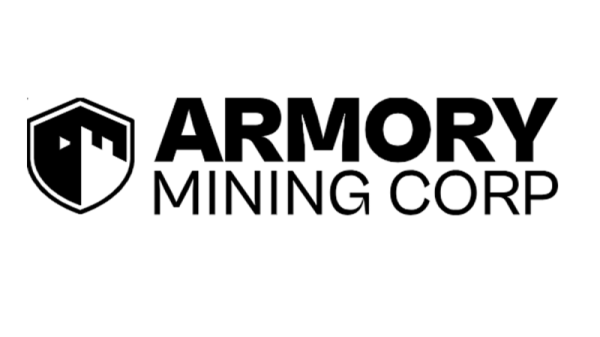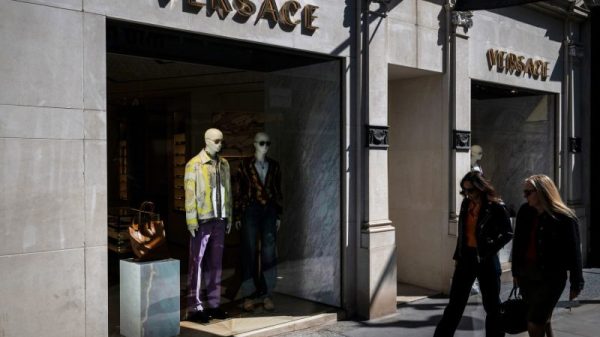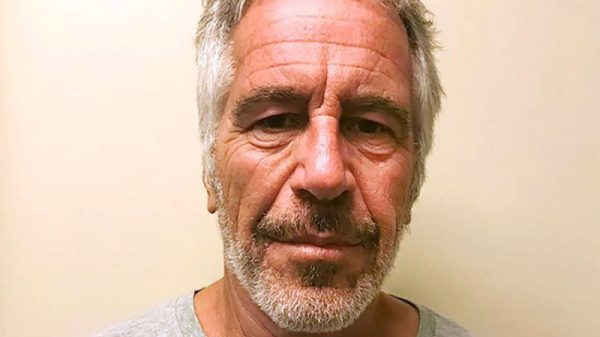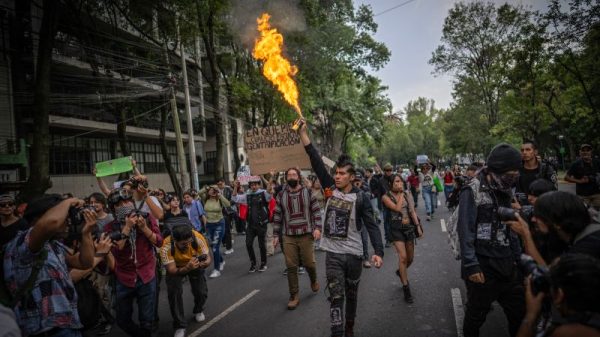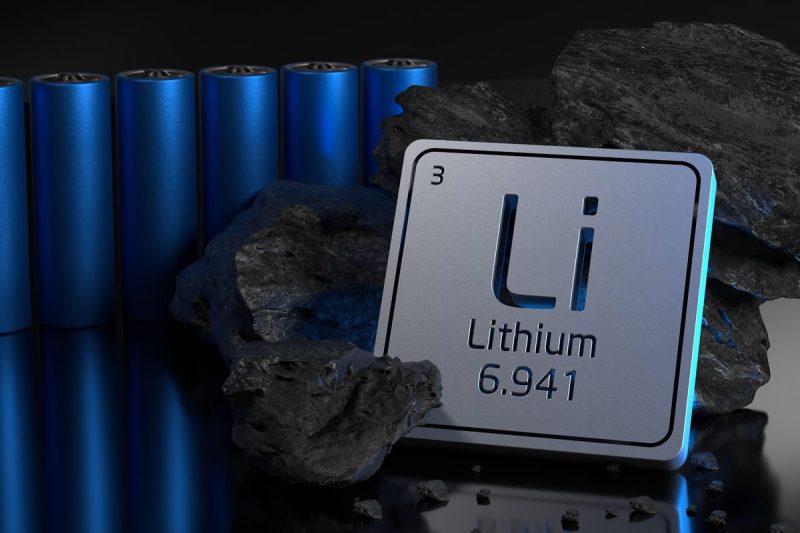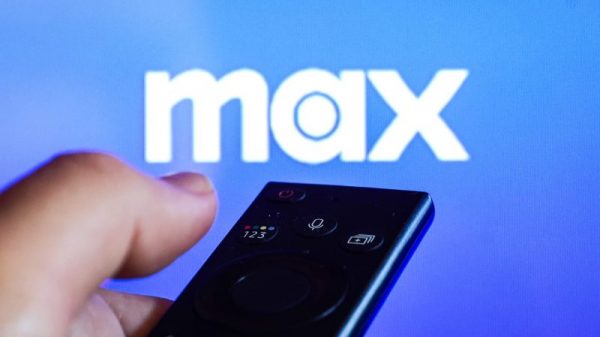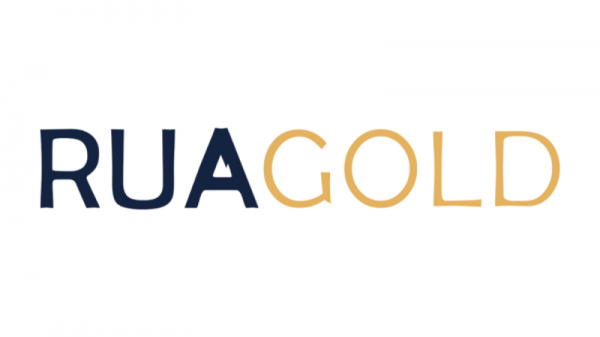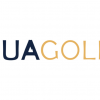Lithium market surpluses continued to suppress prices and hinder sector growth throughout Q3 2024, broad consolidation early in the quarter signaled a potential bottoming out.
Subsequently analysts forecasted a price recovery as EV sales exceeded expectations in September.
Projected demand growth prompted Sprott Insights to warn of a potential lithium shortage emerging as early as 2025, with demand, especially from China, set to rise 20 percent annually.
Jacob White, an analyst at Sprott Insights, pointed to the future demand trends as a catalyst for lithium market investment.
“The lithium battery industry is projected to create US$400 billion in annual revenue opportunities worldwide,” he wrote. “The lithium production component of the chain has recorded margins as high as 65 percent, potentially making it a highly profitable sector.”
White continued, “Lithium miners, in particular, may be well positioned as they can give leverage to rebounding lithium prices. In contrast, non-vertically integrated lithium processing/refining companies may see their expenses rise.”
The list below was generated using TradingView’s stock screener, and data was gathered on October 18, 2024. While US lithium companies were considered for the list, none were up year-to-date at the time data was gathered. All lithium stocks had market caps above $10 million in their respective currencies when data was gathered.
Top Canadian lithium stocks
1. Q2 Metals (TSXV:QTWO)
Year-to-date gain: 408 percent
Market cap: C$174.5 million
Share price: C$1.27
Exploration firm Q2 Metals is exploring its flagship Mia lithium property in the Eeyou Istchee James Bay region of Québec, Canada. The property contains the Mia trend, which spans over 10 kilometers. Also included in Q2 Metals’ portfolio is the Stellar lithium property, comprised of 77 claims and located 6 kilometers north of the Mia property.
This year, Q2 Metals has also focused on exploring the Cisco lithium property, which is situated in the same region. On February 29, the company entered into three separate option agreements to gain a 100 percent interest in Cisco, news that caused its share price to skyrocket; it reached a year-to-date high of C$0.54 on March 4. Q2 Metals closed the acquisition of Cisco in June and now wholly owns the project.
In mid-May, Q2 Metals released re-assayed results from 2023 drilling conducted at Cisco by the property’s vendors. The company used the analytical method it has applied to its Mia drill cores.
“We are pleased with the positive outcome of the re-analysis of the Cisco drill results,” said Q2 Metals Vice President of Exploration Neil McCallum. “A thorough review of the quality control measures has solidified that the new results are more accurate than the original results previously announced. It’s not an unexpected change as the analytical methods now used are more accurate at higher grades above roughly 1.5 percent Li2O and we have several samples above that range.”
Later that month, the company announced the start of a summer drill program at the Cisco property. It has since released multiple significant updates, including the confirmation of eight new mineralized zones on July 8.
Company shares rose to a year-to-date high of C$1.48 on October 10, shortly after Q2 released drill results and core assays from the Cisco property. As of October 1, 17 holes covering 6,360 meters in total have been drilled.
Additionally, each drill hole encountered pegmatite with visible signs of spodumene mineralization, a key lithium-bearing mineral.
“These assays continue to validate the potential and scale of the Cisco Property as that of a larger mineralized system,” said Neil McCallum, VP exploration. “One important observation of these results is the higher-grade nature of the larger mineralized system as we test and track the system progressing to the south.”
On the corporate side, Q2 announced a C$7.5 million private placement on July 10. The placement, which was divided into two tranches, was successfully closed on August 9, 2024.
2. Volt Lithium (TSXV:VLT)
Year-to-date gain: 78.26 percent
Market cap: C$57.44 million
Share price: C$0.41
Volt Lithium is a lithium development and technology company aiming to become a premier North American lithium producer utilizing its unique technology to extract lithium from oilfield brine.
Shares of Volt reached a year-to-date high of C$0.49 on September 26.
On April 29, Volt announced a strategic investment of US$1.5 million by an unnamed company operating in the Delaware Basin in West Texas. This investment is earmarked for the deployment of a field unit to produce lithium hydroxide monohydrate using Volt’s proprietary direct lithium extraction technology.
The company’s share price retreated in the second half of Q2, but July 17 news that Volt increased its processing capacity at its operations in Alberta, Canada, by 100 fold to 96,000 liters per day caused its price to shoot up more than C$0.08 during trading that day.
An August announcement from Volt highlighted the deployment and subsequent production scale up of Volt’s DLE technology in the Permian Basin. The field unit has the capacity to process 200,000 liters (1,250 barrels) of oilfield brine per day on location in West Texas.
3. Lithium Chile (TSXV:LITH)
Year-to-date gain: 30.19 percent
Market cap: C$140.03 million
Share price: C$0.69
South America-focused Lithium Chile owns several lithium land packages in Chile and Argentina. Presently, the explorer is working to delineate the deposit at its Salar de Arizaro property in Argentina.
On April 9, Lithium Chile announced a 24 percent increase in the resource estimate for Salar de Arizaro. The new total for the project is 4.12 million metric tons (MT) of lithium carbonate equivalent, categorized as follows: 261,000 MT in the measured category, 2.24 million MT in the indicated category and 1.62 million MT in the inferred category.
Not long after, on April 18, the company reported the creation of two wholly owned Canadian subsidiaries — Lithium Chile 2.0 and Kairos Gold — as part of a spinout to separate its Chilean and Argentinian assets.
Lithium Chile will retain its Argentinian lithium projects, and transfer its 111,978 hectares of Chilean lithium properties to Lithium Chile 2.0 and its portfolio of gold assets in Chile to Kairos Gold.
In a July operational update for the Salar de Arizaro project the company highlighted high grade intercepts from hole ARGENTO-06.
Top Australian lithium stocks
1. Ioneer (ASX:INR)
Year-to-date gain: 73.33 percent
Market cap: AU$572.84 million
Share price: AU$0.26
Australia-listed Ioneer owns the Rhyolite Ridge lithium-boron project in Nevada, US. The project is considered the “sole lithium-boron deposit in North America.”
As part of the permitting process for the Rhyolite Ridge project, Ioneer completed and submitted the administrative draft environmental impact statement (EIS) to the US Bureau of Land Management (BLM) in mid-January. In mid-September, Ioneer announced that the BLM published the final EIS, moving the company closer to building its Rhyolite Ridge lithium-boron project.
According to the company, the milestone now makes Rhyolite Ridge the first lithium project under the Biden Administration to reach the advanced stage of the environmental permitting process.
“Since Ioneer’s work at Rhyolite Ridge began in 2016, we have listened to members of the community and adapted our plans to maximize the project’s many economic benefits while minimizing indirect impacts to the community and environment. Rhyolite Ridge is stronger because of the extensive collaboration and input from all involved stakeholders,” said Bernard Rowe, managing director at Ioneer.
2. Vulcan Energy Resources (ASX:VUL)
Year-to-date gain: 63.45 percent
Market cap: AU$920.24 million
Share price: AU$4.74
Europe-focused Vulcan Energy Resources aims to support a carbon-neutral future by producing lithium and renewable energy from geothermal brine. The company is currently developing the Zero Carbon lithium project in Germany’s Upper Rhine Valley. Vulcan is utilising a proprietary alumina-based adsorbent-type direct lithium extraction process to produce lithium with an end goal of supplying sustainable lithium for the European EV market.
On April 11, Vulcan announced the commencement of lithium chloride production at its lithium extraction optimisation plant in Germany. According to the company, the milestone marks the first lithium chemical production in Europe using local supply. The plant consistently exhibited over 90 percent lithium extraction efficiency.
Vulcan will now prepare the 40 million euro facility for commercial production. The company already has binding lithium offtake agreements in place with major automakers and battery manufacturers, and expects to supply enough lithium for 500,000 EVs during the first phase of production.
During the third quarter, Vulcan received its first licenses for lithium and geothermal exploration in Alsace, France. The permits cover 463 square kilometres, expanding Vulcan’s total licensed area in the Upper Rhine Valley to 2,234 square kilometres across France and Germany.
In early August, Vulcan began commissioning its downstream lithium hydroxide optimisation plant (CLEOP) near Frankfurt.
“In the coming months, Vulcan will begin to transport the first LiCl parcels from our upstream facility through to CLEOP for production of the first battery-grade lithium hydroxide products in Europe, all from a European lithium resource,” Vulcan CEO and Managing Director Cris Moreno said.
A mid-October release from Vulcan outlined a memorandum of understanding with industrial software designer AVEVA. The partnership will see AVEVA build a digital framework for Vulcan’s Zero Carbon lithium project.
3. Cygnus (ASX:CY5)
Year-to-date gain: 3.7 percent
Market cap: AU$53.17 million
Share price: AU$0.14
Cygnus Metals is an exploration company focused on advancing its Pontax, Auclair and Sakami lithium projects in the Eeyou Istchee James Bay lithium district of Québec, Canada. The company also owns rare earth element, lithium and base metal projects in Western Australia.
In July, Cygnus reported the completion of geophysical survey work at the Auclair lithium project. The resulting data “identified significant potential for growth” in the Pegasus zone.
Most recently, Cygnus entered into an agreement to a merger of equals with Canadian copper company Doré Copper Mining (TSXV:DCMC,OTCQB:DRCMF), which owns several copper assets in Québec. The statement says the merger creates “a Québec-focused critical minerals explorer and developer with high-grade copper and lithium resources.’
“By combining the proven exploration and management skills of the Cygnus team with the high-grade copper resources and immense upside potential at the Chibougamau properties, we have the potential to unlock substantial value,” said David Southam, Cygnus’ executive chairman.
FAQs for investing in lithium
How much lithium is on Earth?
While we don’t know how much total lithium is on Earth, the US Geological Survey estimates that global reserves of lithium stand at 22 billion metric tons. Of that, 9.2 billion MT are located in Chile, and 5.7 billion MT are in Australia.
Where is lithium mined?
Lithium is mined throughout the world, but the two countries that produce the most are Australia and Chile. Australia’s lithium comes from primarily hard-rock deposits, while Chile’s comes from lithium brines. Chile is part of the Lithium Triangle alongside Argentina and Bolivia, although those two countries have a lower annual output.
Rounding out the top five lithium-producing countries behind Australia and Chile are China, Argentina and Brazil.
What is lithium used for?
Lithium has many uses, including the lithium-ion batteries that power electric vehicles, smartphones and other tech, as well as pharmaceuticals, ceramics, grease, lubricants and heat-resistant glass. Still, it is largely the electric vehicle industry that is boosting demand.
How to invest in lithium?
Those looking to get into the lithium market have many options when it comes to how to invest in lithium.
Lithium stocks like those mentioned above could be a good option for investors interested in the space. If you’re looking to diversify instead of focusing on one stock, there is the Global X Lithium & Battery Tech ETF (NYSE:LIT), an exchange-traded fund (ETF) focused on the metal. Experienced investors can also look at lithium futures.
Unlike many commodities, investors cannot physically hold lithium due to its dangerous properties.
How to buy lithium stocks?
Through the use of a broker or an investing service such as an app, investors can purchase lithium stocks and ETFs that match their investing outlook.
Before buying a lithium stock, potential investors should take time to research the companies they’re considering; they should also decide how many shares will be purchased, and what price they are willing to pay. With many options on the market, it’s critical to complete due diligence before making any investment decisions.
It’s also important for investors to keep their goals in mind when choosing their investing method. There are many factors to consider when choosing a broker, as well as when looking at investing apps — a few of these include the broker or app’s reputation, their fee structure and investment style.
Securities Disclosure: I, Georgia Williams, hold no direct investment interest in any company mentioned in this article.

